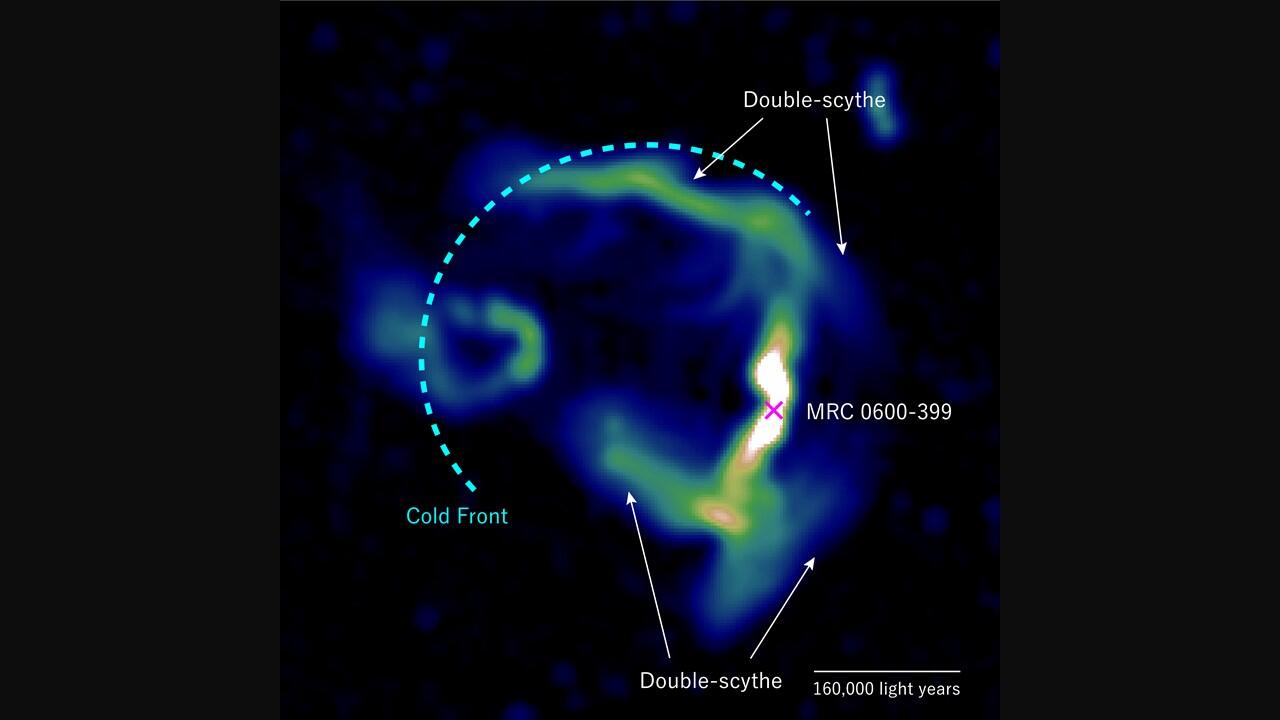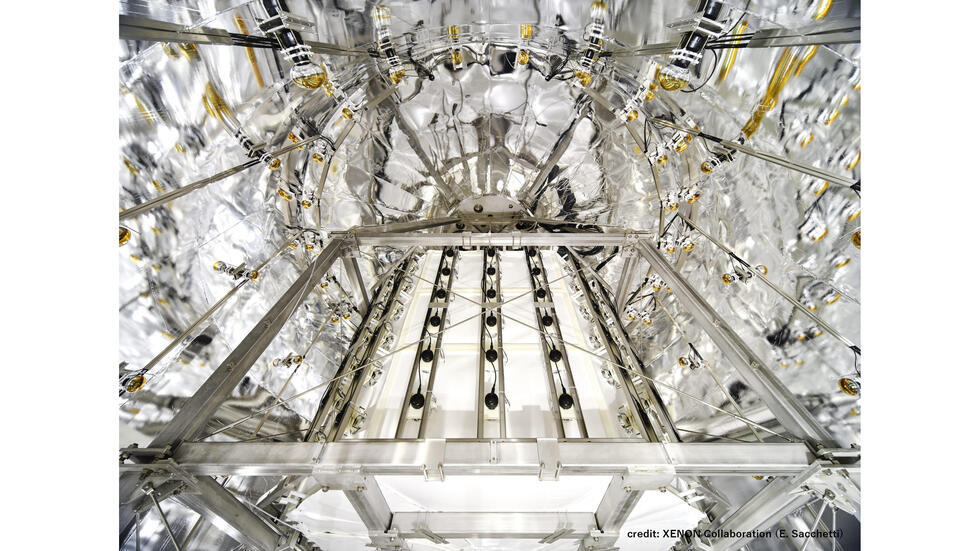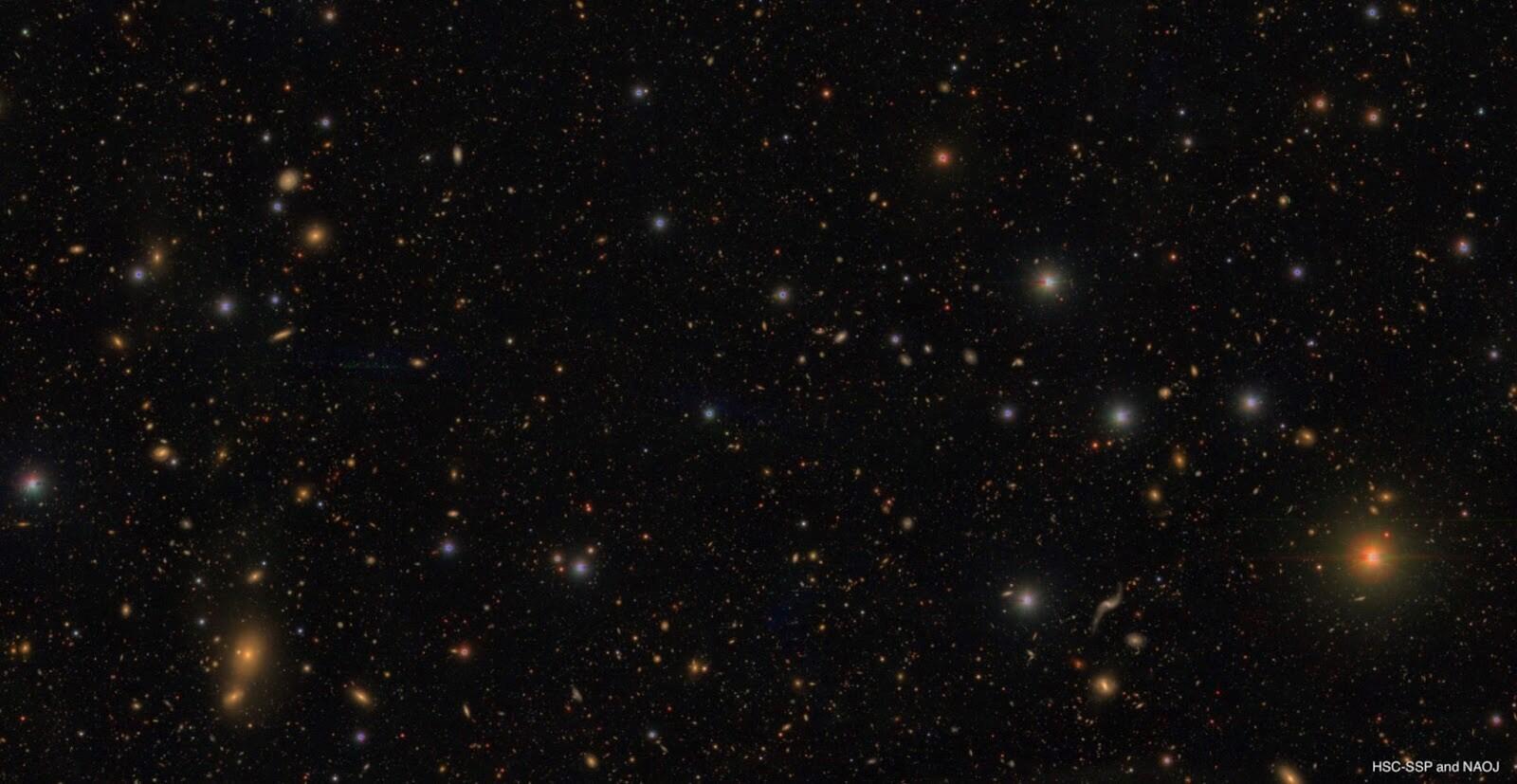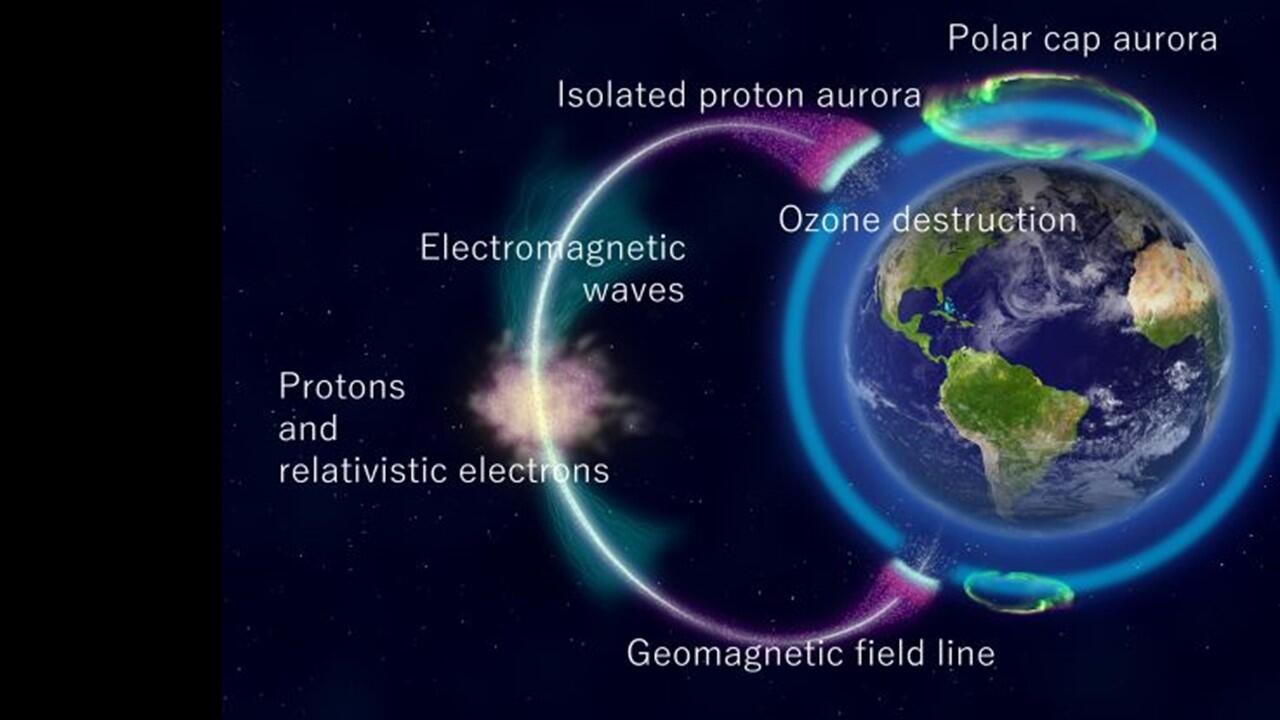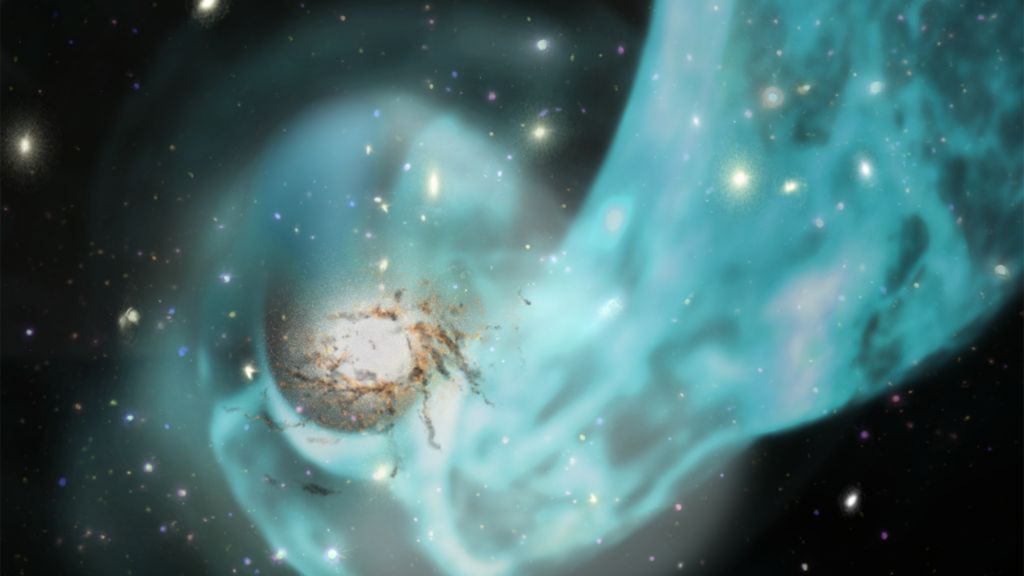
The XRISM science team, including members of Nagoya University, has explained how galaxy clusters maintain their heat despite emitting X-rays, which typically have a cooling effect on the hot gas. By observation of the Centaurus cluster of galaxies, the XRISM team discovered the existence of a fast-moving, high-temperature gas flow in the center of the cluster. Their findings, published by Nature, may solve the ‘cooling flow problem’, explaining why clusters of galaxies look like they do.
Galaxy clusters are made of hundreds of galaxies and are the largest objects in the universe. The clusters are important for studying the large-scale structure of the universe and understanding how galaxies (including our own) live, grow, and evolve.
Clusters are governed by a massive dark matter halo, the strong gravity of which attracts high-temperature gas from the intergalactic space outside the cluster. In the process, the hot gases emit X-rays, which have a cooling effect. As matter cools, it tends to condense and fall towards the center of the cluster and create stars. Although such star formation is seen, the amount is much smaller than expected and the center of galaxy clusters is unexpectedly warm, suggesting that the temperature is maintained by some mechanism that compensates for the ‘cooling’ effect.
The research team conducted observations of the Centaurus cluster of galaxies, which is located approximately 150 million light-years from Earth. The team used a soft X-ray spectrometer ‘Resolve’ onboard the XRISM satellite to accurately measure the detailed velocity of the flow of high-temperature gas in the center of the galaxy cluster. This flow supplies energy to its center and maintains the high temperature.
“We found little turbulence of the high-temperature gas in the galaxy cluster,” Professor Nakazawa said. “The mechanism, which stops the cooling of the hot gas of this cluster, is a general ‘stirring’ of the hot gas that supplies energy to the center from outside regions, thus maintaining the high temperature.”
Computer simulations of the movement of hot gas after the merging of clusters of galaxies that happened during their growth process were used to explain these motions, which is called ‘gas sloshing.’
“High-precision spectroscopy will also help us to better understand how the massive structure of galaxy clusters evolves,” Nakazawa said. “It deepens our understanding not only of galaxy clusters, but also of the formation and evolution of large-scale structures in the universe as a whole.”
The study, “The bulk motion of gas in the core of the Centaurus galaxy cluster,” was published in Nature on February 12, 2025, at DOI: 10.1038/s41586-024-08561-z.
Authors:
XRISM Collaboration
Media Contact:
Matthew Coslett
International Communications Office, Nagoya University
Email: icomm_research@t.mail.nagoya-u.ac.jp
Top image: Artist’s impression of the center of the Centaurus galaxy cluster. The bluish color indicates the flow of hot gas. The white indicates galaxies, and the reddish brown indicates cooler gas (Courtesy of JAXA).




